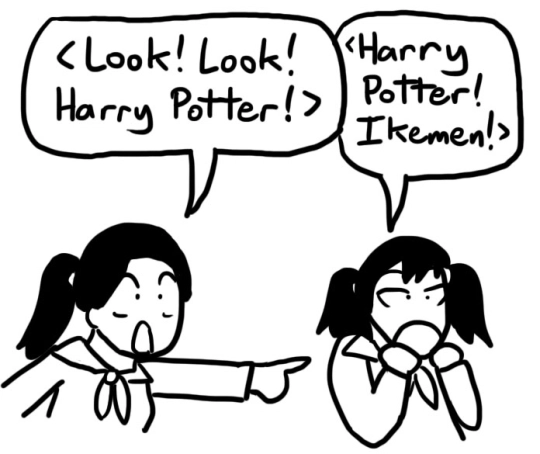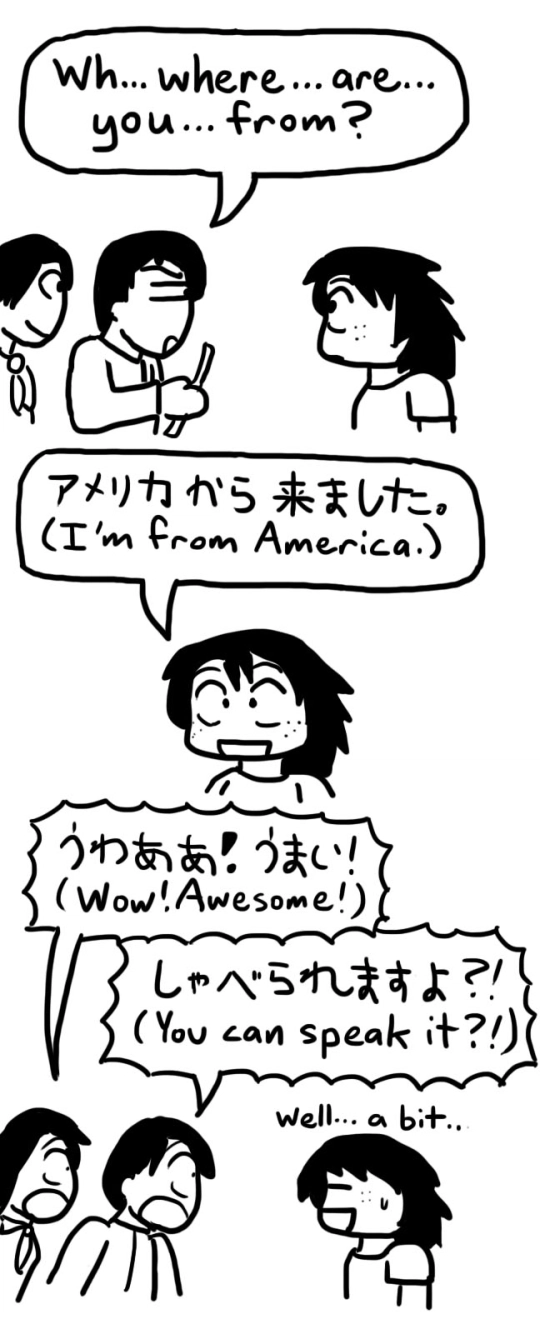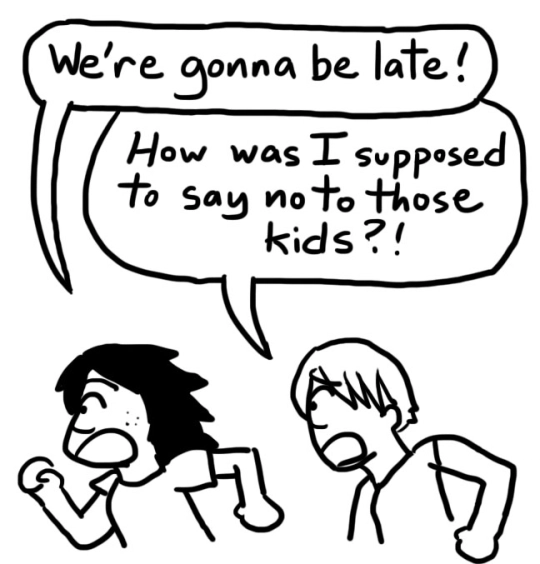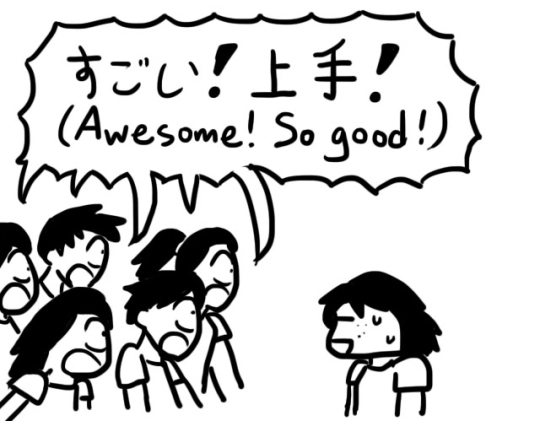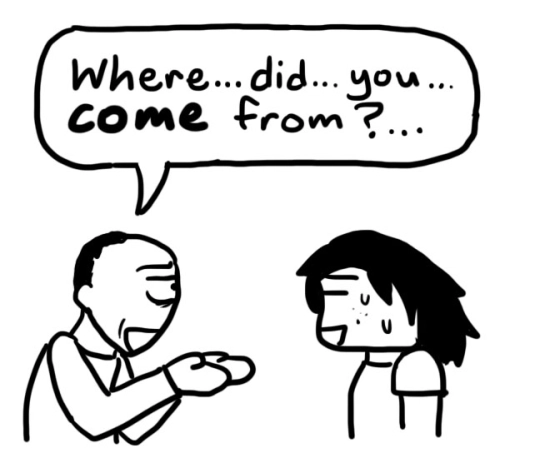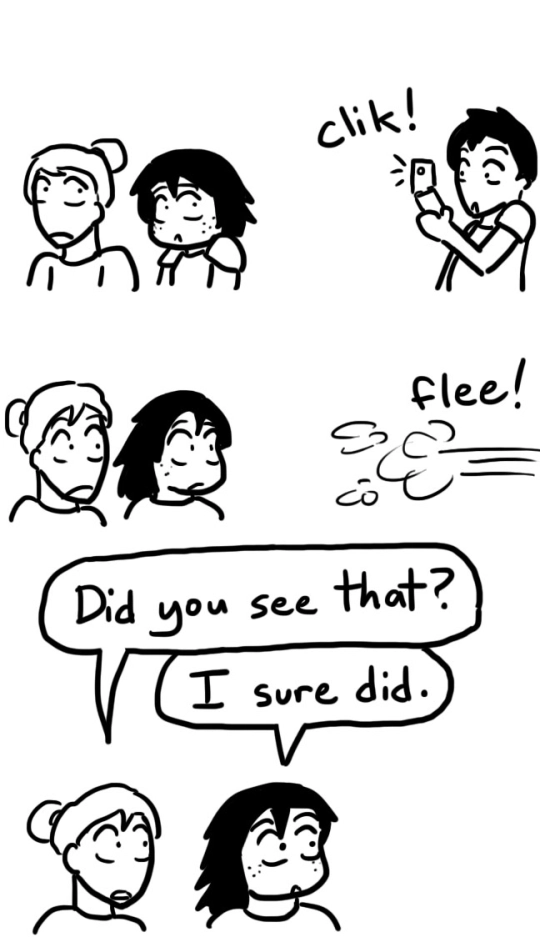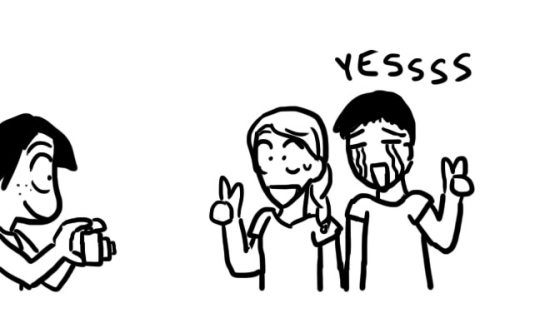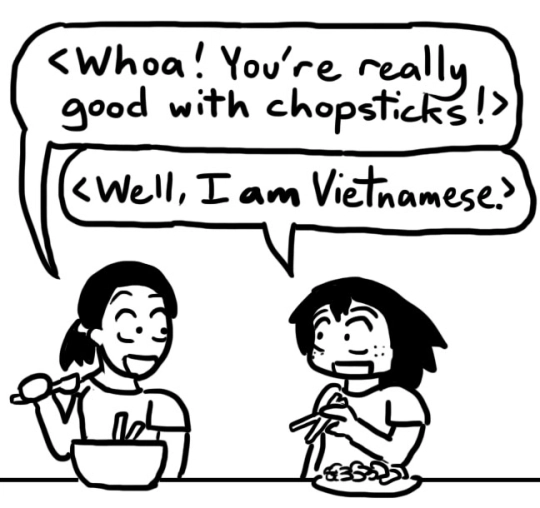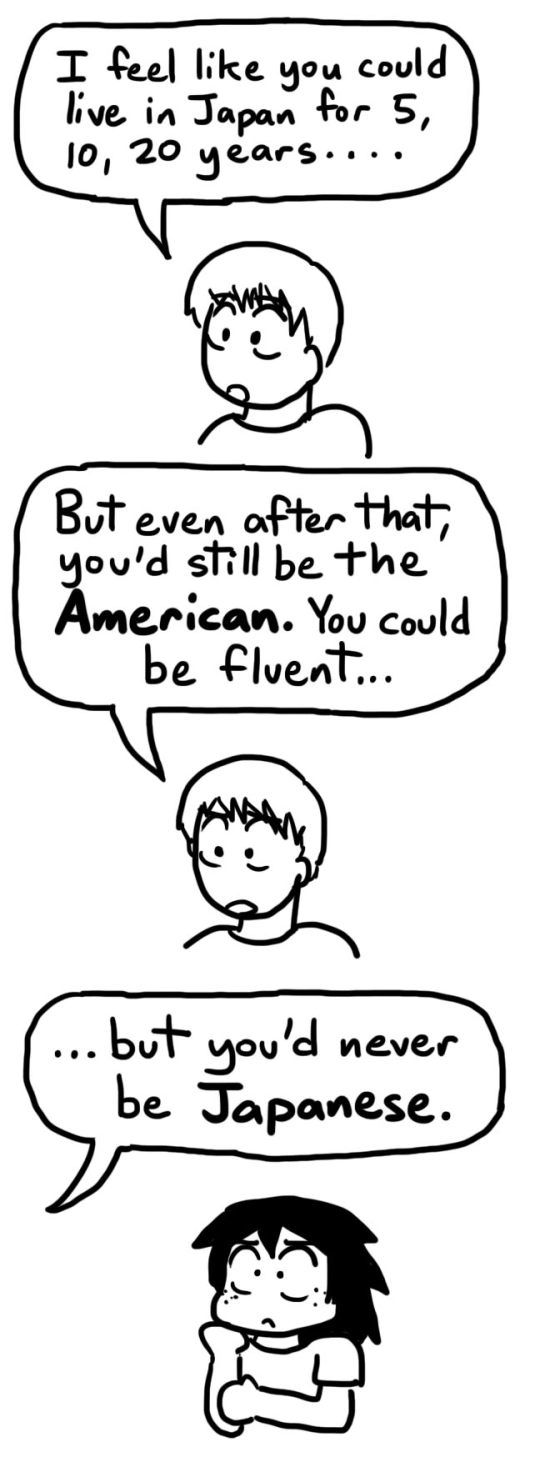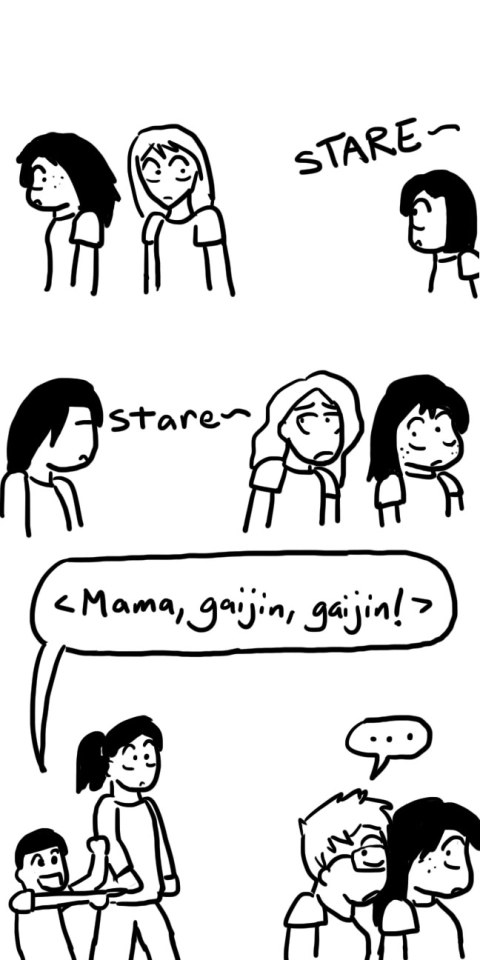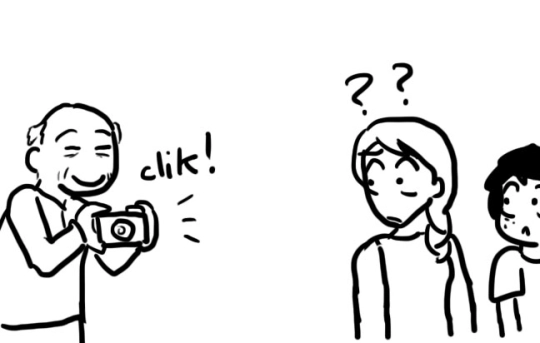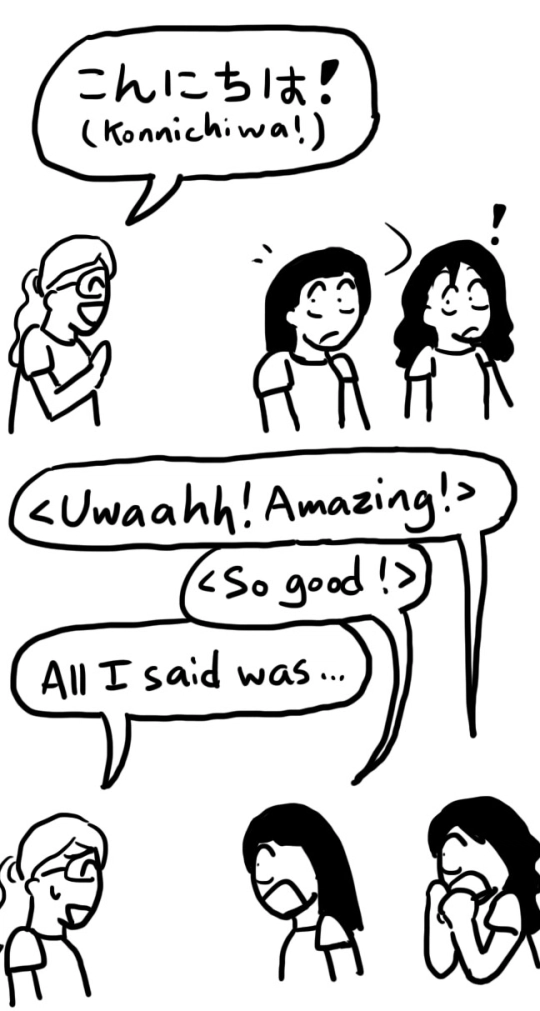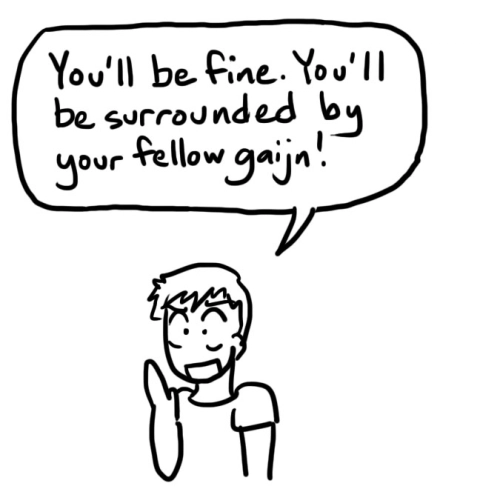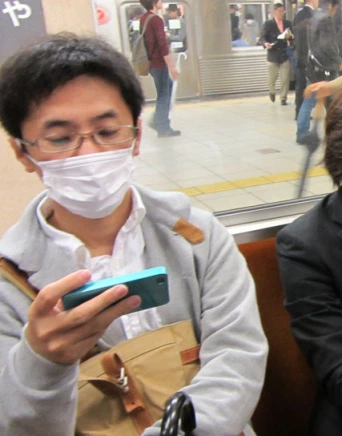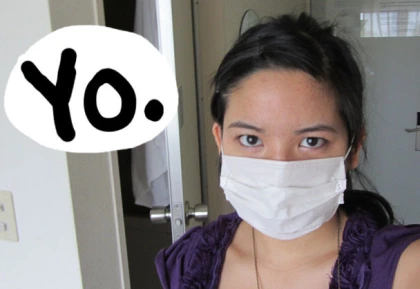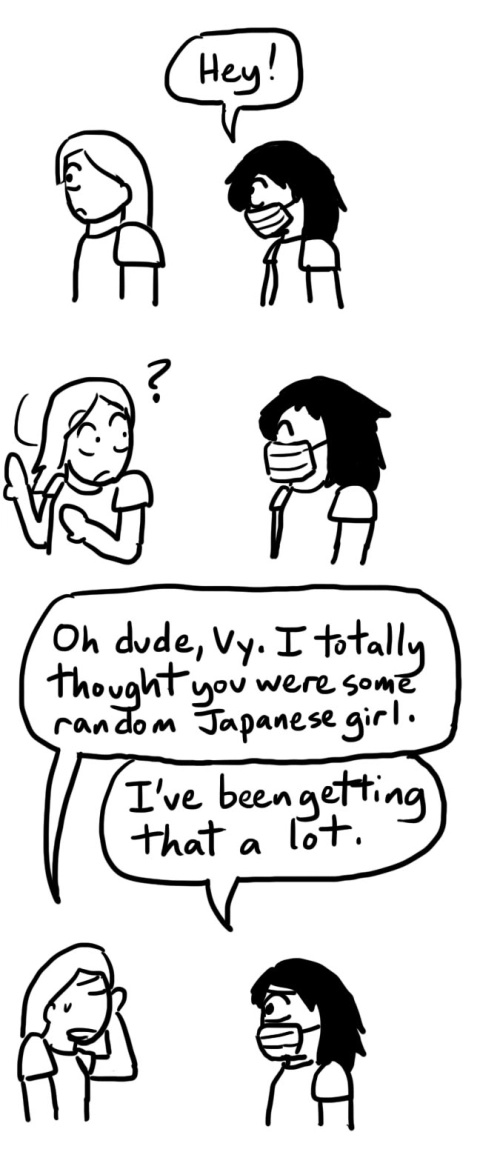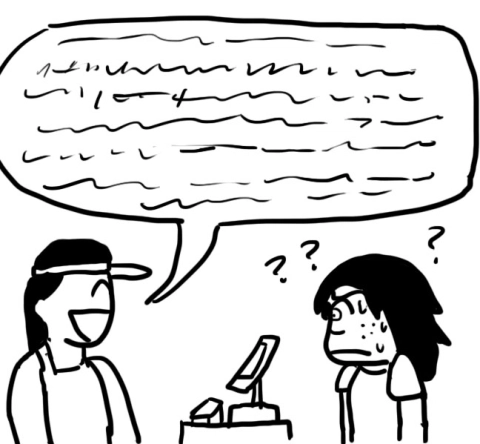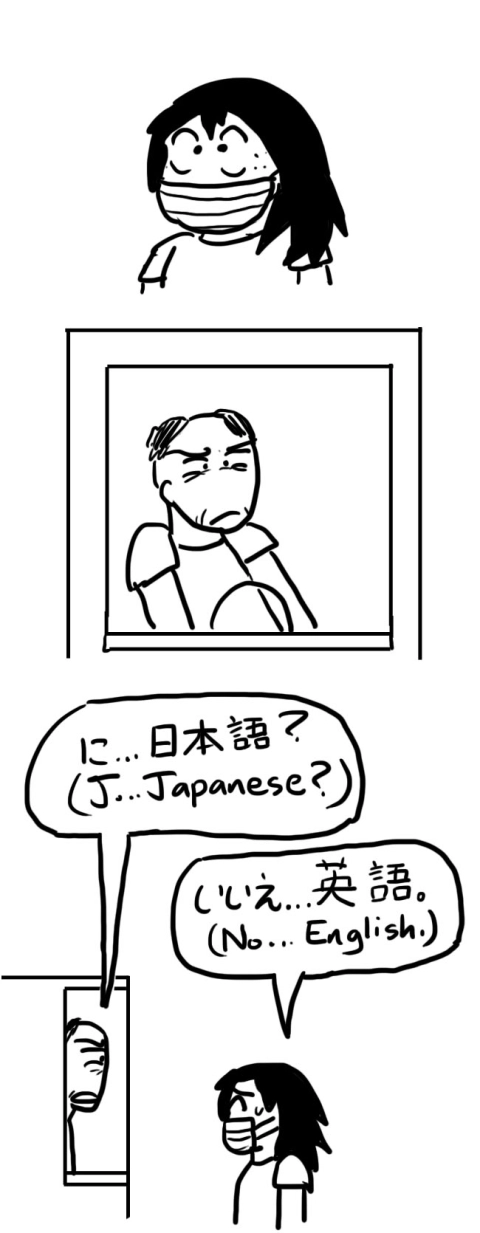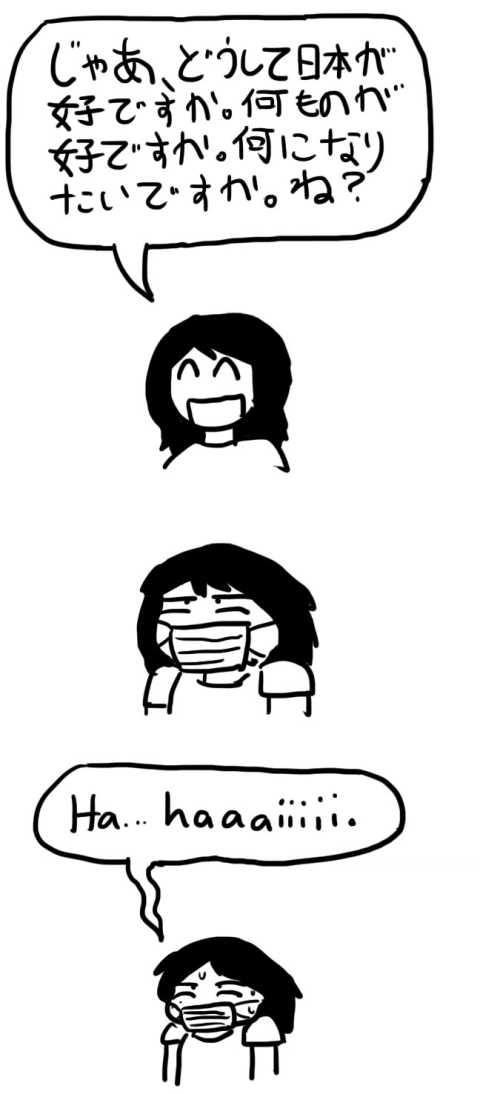For photos from my trip, check out my tumblr!
One interesting issue my group encountered while in Japan was the fact that we were gaijin.
I mentioned it before, but I barely scratched the surface. I’ll explain again: the term gaijin, composed of the kanji 外 (outside) and 人 (person) literally means outsider. Gaijin is actually a bit of a colloquial term– if not sometimes derogatory– with the more formal term being gaikokujin (foreign-country person.) Japan, due to its long history of isolation, is a very homogeneous country. In other words, everyone is Japanese. As my language teacher put it,
And it’s true. 98.5% of Japan’s population is, well, Japanese. And to split up the remaining 1.5%– 0.9% of Japan’s residents are Korean or Chinese, and only 0.6% are from other countries. Gaijin. We are rare.
So we encountered some interesting behavior as a result.
We’ll start with the middle school kids. Two places I encountered in particular– Nara and Kiyomizudera— are popular locations for school trips. As a result, both places are swarming with grade schoolers, many of whom aren’t shy:
Openly pointing, staring, and shouting are all fair game when you’re a gaikokujin. Not that it’s mean spirited– one thing we’d often hear was ikemen! (hot guy!) One Caucasian, glasses-donning kid on our trip even got
Nara and Kiyomizudera are popular attractions for tourists, as well. It seems as though Japanese teachers know this. Literally dozens of students stopped us on the streets to ask us school-assigned questionnaires in English:
Literally. Dozens. We almost missed the train home from Nara as a result.
As a group of 18 Americans, the gaijin complex was strong. I mentioned already that people were shocked that we could speak Japanese…
…and, even when we proved that we could speak Japanese, people would keep speaking English as though we couldn’t understand.
Granted, it’s because the standards for gaijin are so low in Japan. There are so many Americans who move to Japan, live there for years, and still not know a lick of Japanese. I can’t blame the Japanese for assuming that we can’t speak their language, because– truly and honestly– I can’t yet. Not well.
So we were novelties, and often treated as such. Every time we would take group photos together, there’d often be a Japanese person or two who’d surreptitiously snap a photo of us.
And some were a little more forward. One girl in our group– tall, blond, blue-eyed– was asked by a Japanese guy to take a photo together.
On one of our last days we marched in a parade through Sapporo, traditional yukata and all. One student in our group, a half-Guatemalan girl, evoked one particularly strong reaction:
The stories go on and on and on. Not all are positive. Sometimes, we were intentionally served later in restaurants or on plane rides. One girl was ogled by passing boys who thought that she didn’t understand their sleazy comments. A Chinese student on our program was declared to be, by an elementary schooler, “Made in China.”
Most of our encounters, though, were not malicious in intent. Rather, they simply stem from a lack of understanding between the two cultures. Westerners in Japan are immediately branded with a set of stereotypes: can’t use chopsticks, can’t speak Japanese, loud and boisterous… and hey, a lot of the time, it’s true. So when my group defied these stereotypes, we were met with genuine surprise.
And the people around us were extremely welcoming. I stayed with an awesome host family, met some incredibly kind college students in Kyoto and Tokyo, and really just found people to be understanding of my, well, gaijin-ness. We got a lot of leeway, for sure.
Still, I wonder if the culture gap will one day be bridged. I asked one of my fellow students how he felt about the matter:
By the end of the trip, some of the kids were definitely a bit frustrated from being treated like a gaikokujin all the time. But, I suppose that’s what an exchange program is all about. Crossing countries. Knocking down stereotypes. Allowing us to share our culture in exchange for learning the culture of Japan. There are certainly tons of stereotypes about Japan floating around America. The more we learn about each other, though, the more we can realize the truth. It just takes a little effort and an open mind.
One of the most impressionable conversations I had was in Tokyo, where I met up with my Japanese friend from high school and his mom:
I only hope that, in the future, I can learn more and more.



